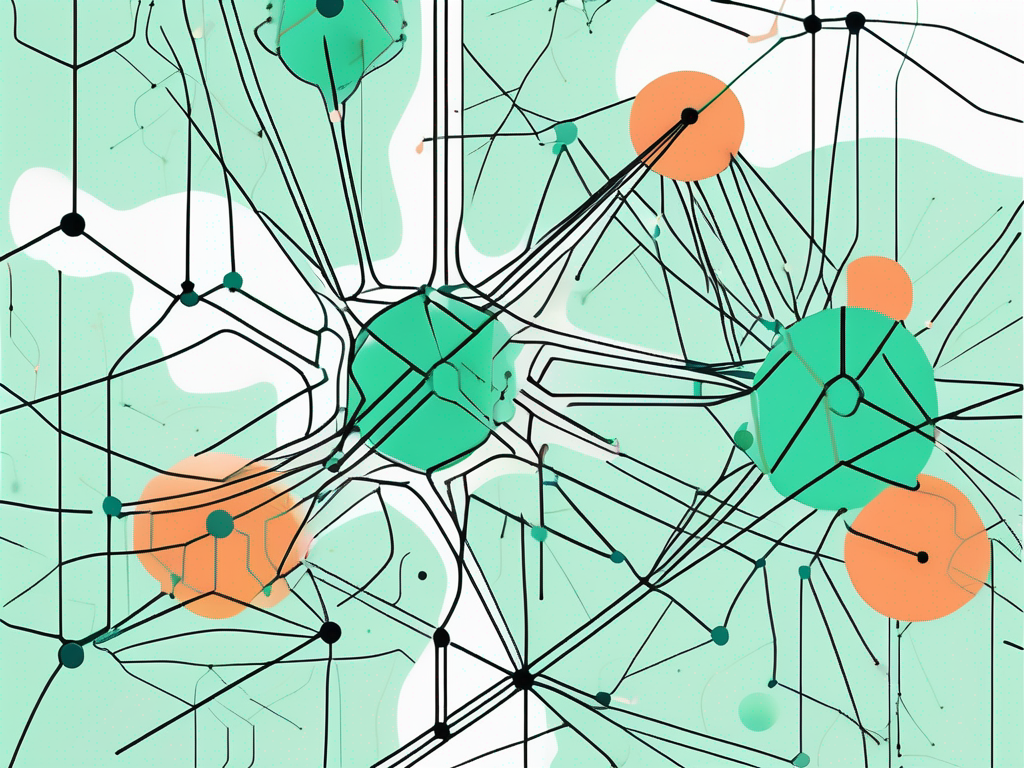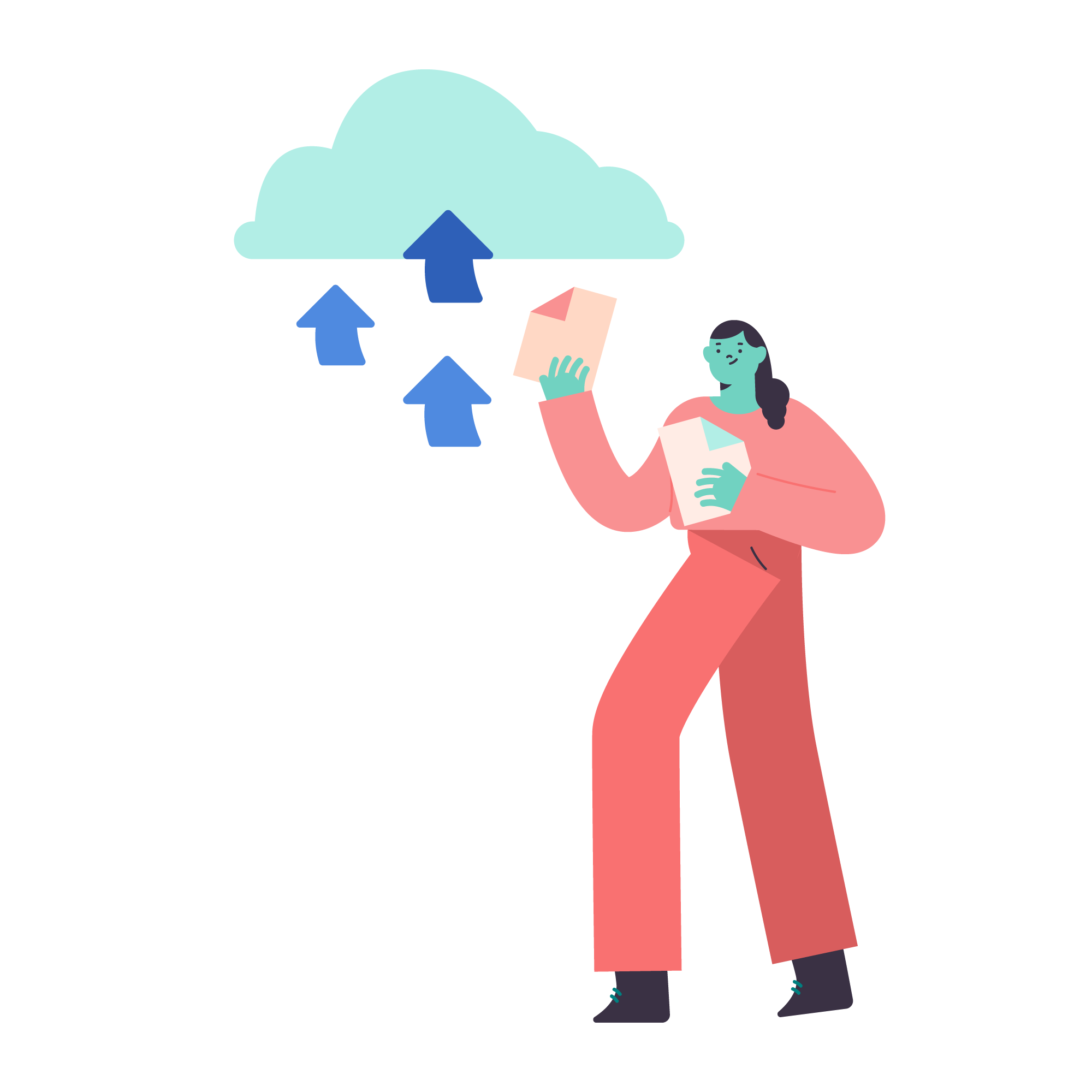.svg)
Top Frameworks for Developing Intelligent AI Agents
.svg)

The development of intelligent AI agents has become a cornerstone of modern technology, revolutionising industries from healthcare to finance. These agents are designed to simulate human-like intelligence, enabling them to perform tasks autonomously and efficiently. As the demand for AI-driven solutions continues to surge, developers are increasingly turning to sophisticated frameworks that streamline the creation of these intelligent systems. This article delves into the top frameworks available for developing AI agents, providing insights into their features, benefits, and applications.
Understanding AI Frameworks
What Are AI Frameworks?
AI frameworks are comprehensive libraries or platforms that provide developers with the tools necessary to build, train, and deploy AI models. These frameworks simplify the complex processes involved in AI development, offering pre-built components and functionalities that accelerate the creation of intelligent agents. By leveraging these frameworks, developers can focus more on refining their models rather than getting bogged down by the intricacies of coding from scratch.
AI frameworks typically include modules for data preprocessing, model training, and evaluation, as well as deployment capabilities. They often support various programming languages and offer integration with other tools and libraries, making them versatile and adaptable to different project requirements. The choice of framework can significantly impact the efficiency and effectiveness of AI development, making it crucial for developers to select the right one for their needs.
The Importance of Choosing the Right Framework
Selecting the appropriate AI framework is critical for the success of any AI project. The right framework not only enhances the development process but also ensures that the resulting AI agents are robust, scalable, and capable of meeting the desired objectives. Factors such as ease of use, community support, documentation, and compatibility with existing systems should be considered when choosing a framework.
Moreover, the chosen framework should align with the specific requirements of the project, such as the type of AI model being developed, the complexity of the tasks it will perform, and the computational resources available. A well-chosen framework can lead to significant time and cost savings, as well as improved performance and accuracy of the AI agents.
Top Frameworks for AI Development
TensorFlow
TensorFlow, developed by Google Brain, is one of the most popular open-source frameworks for machine learning and AI development. Known for its flexibility and scalability, TensorFlow supports a wide range of tasks, from simple linear regression to complex neural networks. Its extensive library of pre-trained models and tools makes it an excellent choice for both beginners and experienced developers.
TensorFlow's robust ecosystem includes TensorFlow Lite for mobile and embedded devices, TensorFlow.js for JavaScript development, and TensorFlow Extended (TFX) for production-level machine learning pipelines. This versatility allows developers to deploy AI models across various platforms, ensuring that their intelligent agents can operate seamlessly in diverse environments.
One of TensorFlow's standout features is its support for distributed computing, which enables developers to train large models efficiently by leveraging multiple GPUs or TPUs. This capability is particularly beneficial for projects that require significant computational power, such as deep learning applications.
PyTorch
PyTorch, developed by Facebook's AI Research lab, has gained immense popularity due to its dynamic computation graph and intuitive interface. Unlike TensorFlow, which uses static computation graphs, PyTorch allows developers to modify the graph during runtime, providing greater flexibility and ease of debugging. This feature makes PyTorch particularly appealing to researchers and developers working on experimental AI projects.
PyTorch's seamless integration with Python and its extensive library of pre-built modules make it an excellent choice for rapid prototyping and development. Its support for CUDA ensures that developers can leverage GPU acceleration for faster model training, making it suitable for both academic research and industrial applications.
In addition to its core functionalities, PyTorch offers several extensions, such as TorchVision for computer vision tasks and TorchText for natural language processing. These extensions provide specialised tools and datasets, further enhancing the framework's capabilities and making it a comprehensive solution for AI development.
Keras
Keras is a high-level neural networks API written in Python, designed to enable fast experimentation with deep learning models. Originally developed as a standalone library, Keras is now integrated with TensorFlow, providing a user-friendly interface for building and training neural networks. Its simplicity and ease of use make it an ideal choice for beginners and those looking to quickly prototype AI models.
Keras supports both convolutional and recurrent networks, as well as combinations of the two, allowing developers to create complex models with minimal code. Its modular architecture enables easy customisation, making it suitable for a wide range of AI applications, from image classification to sequence prediction.
One of Keras's key strengths is its ability to run seamlessly on both CPUs and GPUs, providing flexibility in deployment. Additionally, its extensive documentation and active community support ensure that developers have access to the resources they need to overcome any challenges during the development process.
Specialised Frameworks for Specific Applications
OpenAI Gym
OpenAI Gym is a toolkit for developing and comparing reinforcement learning algorithms. It provides a wide variety of environments, ranging from simple text-based games to complex robotics simulations, allowing developers to test and refine their AI agents in diverse scenarios. OpenAI Gym's compatibility with popular frameworks like TensorFlow and PyTorch makes it a valuable resource for reinforcement learning projects.
The toolkit's extensive library of environments and benchmarks enables developers to evaluate the performance of their algorithms and compare them against established baselines. This feature is particularly useful for researchers and developers looking to push the boundaries of AI capabilities and explore new approaches to reinforcement learning.
Apache MXNet
Apache MXNet is a scalable deep learning framework that supports a wide range of programming languages, including Python, Scala, and Java. Its ability to scale across multiple GPUs and its efficient memory management make it an excellent choice for large-scale AI projects. MXNet's support for both imperative and symbolic programming provides developers with the flexibility to choose the approach that best suits their needs.
MXNet's integration with Amazon Web Services (AWS) further enhances its scalability and deployment capabilities, allowing developers to leverage cloud resources for training and deploying AI models. This integration makes MXNet a preferred choice for enterprises looking to build and deploy AI solutions at scale.
Conclusion
The development of intelligent AI agents is a complex and multifaceted process that requires the right tools and frameworks. By selecting the appropriate framework, developers can streamline their workflows, enhance the performance of their AI models, and ultimately create more effective and efficient intelligent agents. Whether it's the flexibility of TensorFlow, the dynamic capabilities of PyTorch, or the simplicity of Keras, each framework offers unique advantages that cater to different project requirements and developer preferences.
As AI technology continues to evolve, staying informed about the latest advancements in AI frameworks is crucial for developers looking to remain competitive and innovative in the field. By leveraging the strengths of these top frameworks, developers can unlock the full potential of AI and drive the next wave of technological innovation.
Related Posts
Let's
Let’s discuss how we can bring reinvigorated value and purpose to your brand.







.svg)